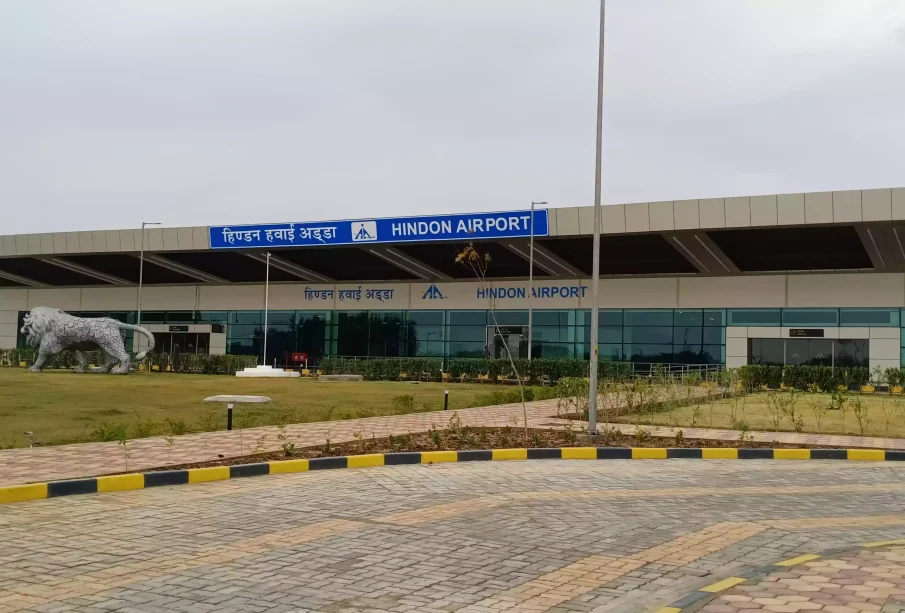Hindon Airport: A New Chapter for Air Travel in Delhi

Introduction
With air travel rapidly becoming one of the most preferred modes of transport, the opening and operation of new airports can significantly influence connectivity. The recent commissioning of Hindon Airport has generated excitement and hopes for improved transit times for passengers in and around Delhi. Located in Ghaziabad, Hindon Airport is poised to boost air travel by serving as a base not just for civil aviation but also military operations, thus illustrating its multifaceted utility.
Operational Details
Hindon Airport, which was inaugurated on March 8, 2022, by Defense Minister Rajnath Singh, was originally built for the Indian Air Force and has now been repurposed to accommodate civilian flights. The airport features a single runway that spans approximately 3,200 meters and is capable of handling medium-sized aircraft while supporting the simultaneous operation of military and commercial flights. Managed by the Airports Authority of India (AAI), Hindon is set to operate regional flights across various destinations, thereby enhancing air connectivity in the National Capital Region (NCR).
Significance for Passengers
For travelers, Hindon Airport offers a strategic advantage by alleviating congestion at the Indira Gandhi International Airport, which has been facing pressure from an increasing number of air passengers. It is anticipated that with the launch of multiple flights from Hindon, passengers can expect shorter travel times, less waiting at the airport and more overall convenience. Additionally, owing to its proximity to Ghaziabad and other Delhi districts, the airport is expected to be more accessible than other existing terminals, further streamlining the travel experience.
Future Developments
Looking ahead, the government has plans to further develop Hindon Airport to accommodate more flights and help stimulate regional economic growth through enhanced tourism and commerce. As part of the UDAN (Ude Desh ka Aam Naagrik) scheme, the airport will facilitate affordable travel while addressing the demand for air services by smaller cities in the region. Moreover, the integration of technology and services at Hindon is crucial for its success, as the airport aims to provide efficient customer service and a pleasant travel environment.
Conclusion
Hindon Airport represents not only a significant step in improving air travel in the NCR but also a commitment to enhancing infrastructure in Indian aviation. As the airport evolves to meet the needs of passengers and the aviation sector, its impact can be profound, marking a new beginning for air connectivity between Delhi and its neighboring regions. Stakeholders in the aviation industry, along with frequent travelers, look forward to the contributions of Hindon Airport in shaping the future landscape of air travel.








